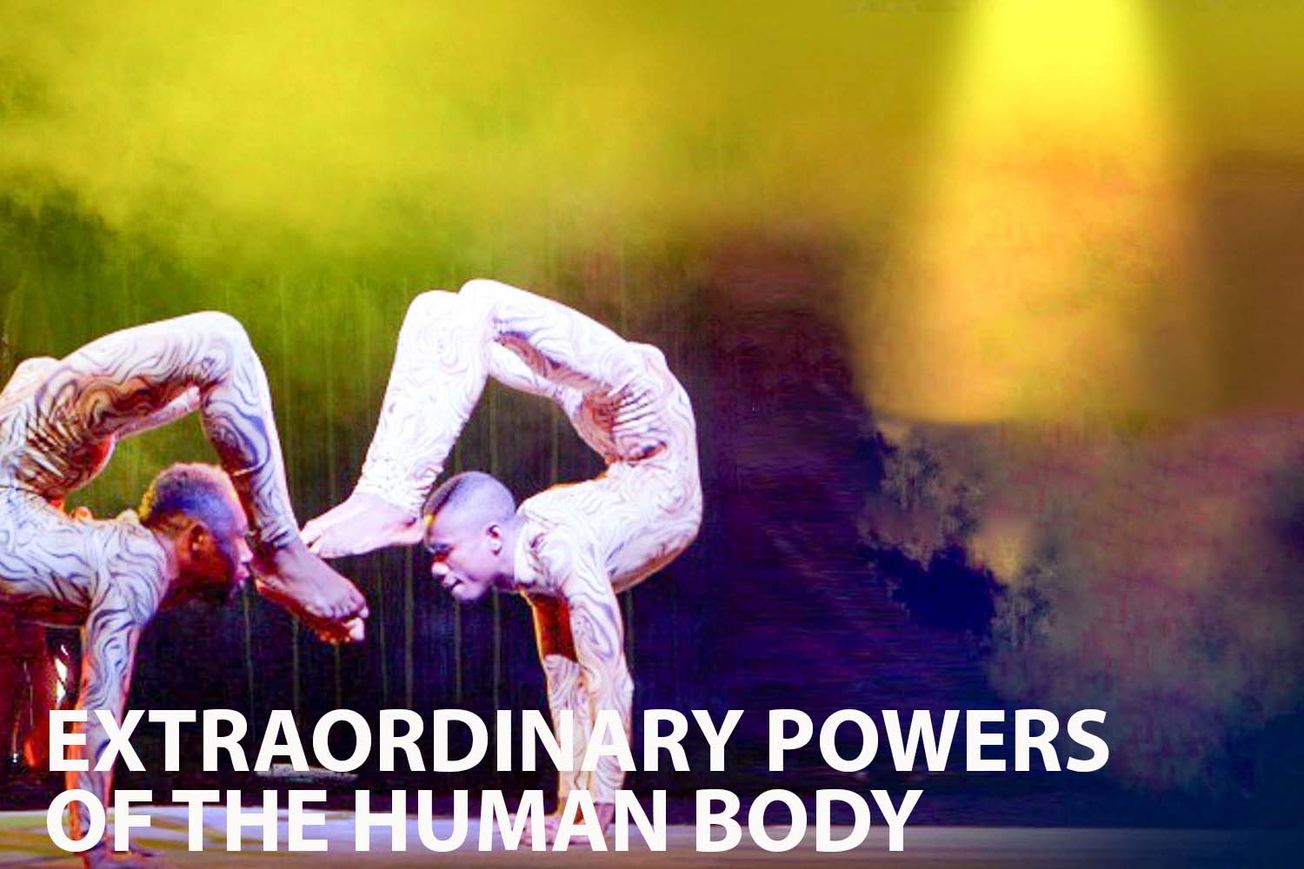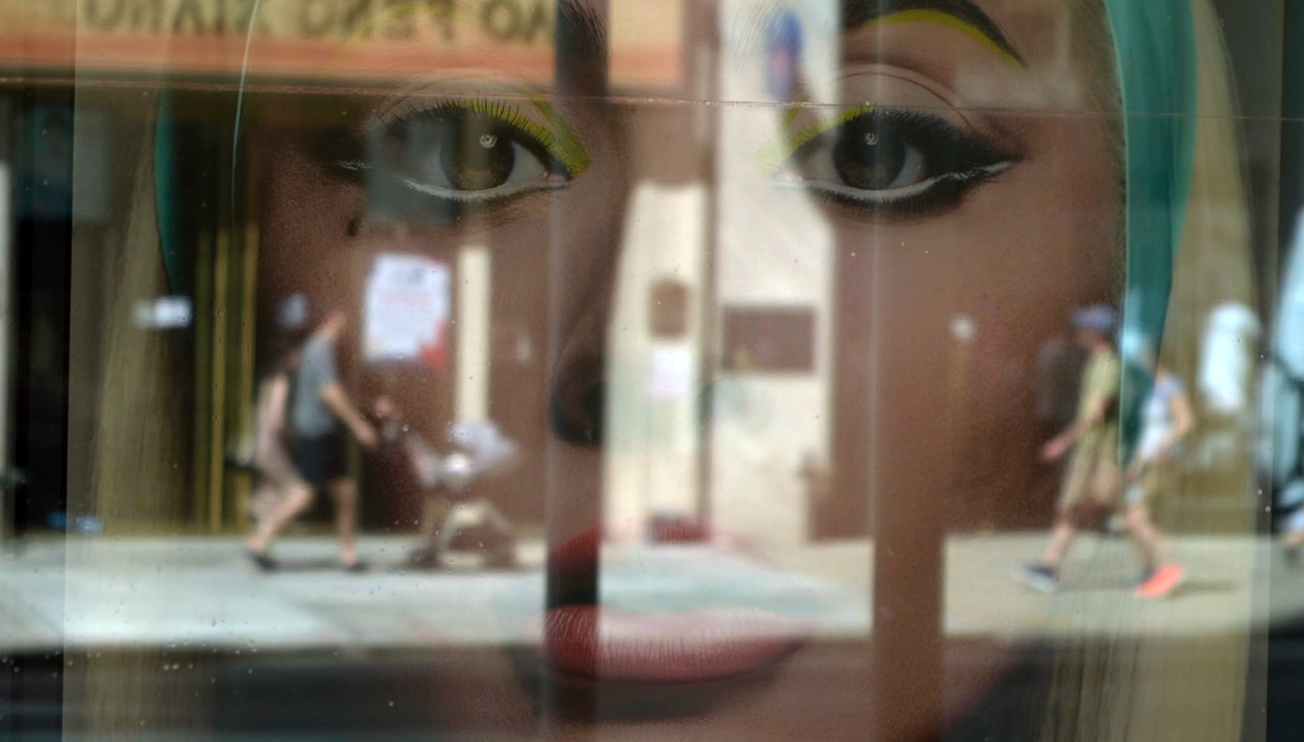Keywords: Albinism, Tanzania, Stigma, Superstition, Human Rights. Three words: Eye-opening, Chilling, Poignant
Introduction
"In the Shadow of the Sun," directed by Harry Freeland and released in 2012, is a stark exploration into the lives of people with albinism in Tanzania, a country where they are subject to superstitions and discrimination, often fearing for their lives due to widespread prejudice and ignorance.
Synopsis
The documentary follows the lives of two men with albinism, each confronting the harsh realities of their condition in different ways. As they navigate through the challenges of being ostracized and feared in their own communities, the film presents a raw and honest portrayal of their struggles and resilience.
More Film Analysis
Analysis
Freeland's documentary employs an intimate, personal approach, utilizing firsthand narratives and observational footage to bring depth and authenticity to the subject matter. The film offers a profound look at the complexities of albinism within Tanzanian society, exposing the deep-rooted superstitions and discriminatory practices that individuals with this condition face daily.
Historical and Factual Context
In Tanzania, albinism is often shrouded in superstition, with individuals with the condition being labeled as 'White Ghosts' or 'Devils.' This results in many albinos living in fear, facing discrimination, violence, and social exclusion. Understanding this context enhances the viewer's comprehension of the documentary's subject.
Key themes in the film
- Stigma and discrimination associated with albinism
- Human rights violations
- The power of resilience and fortitude
- The impact of societal superstitions
Film Comparisons
"In the Shadow of the Sun" bears similarities to films like "White and Black: Crimes of Color," which also explore the prejudice and violence faced by people with albinism. However, Freeland's documentary takes a more personal approach, focusing on the intimate stories of two individuals and their unique experiences.
Noteworthy Moments
The documentary features numerous noteworthy moments, including poignant personal narratives, heart-wrenching tales of discrimination, and inspiring instances of resilience in the face of adversity.
Reviews
This documentary received positive reviews for its honest and empathetic portrayal of a little-known issue. Critics applauded its ability to educate audiences about the plight of people with albinism in Tanzania while maintaining the dignity and humanity of its subjects.
Conclusion
"In the Shadow of the Sun" is a must-watch for anyone interested in human rights, societal issues, or personal narratives of resilience. It provides a revealing look into the lives of those living with albinism in Tanzania, offering a unique perspective on a largely misunderstood condition.
More film information:
FILM SUMMARY
- IMDB score: 7.6
- Rotten Tomatoes score: N/A
- Metacritic score: N/A
- Film festival awards: N/A
PERSONALITIES
- Josephat Torner: An activist with albinism who travels across Tanzania to educate people about the condition
- Vedastus Zangule: A young boy with albinism trying to navigate school and life in general
LOCATIONS
- Various locations across Tanzania
Key Questions Raised by the Film:
- How can superstitions and misconceptions about albinism be addressed and eradicated in societies like Tanzania?
- What measures can be taken to protect the rights and lives of people with albinism in Tanzania and other similar societies?
- How can individuals with albinism be empowered to lead fulfilling lives despite societal prejudice?
Links for Further Exploration:
I wonder what the film would be in another art form



- If this film was a famous book, which one would it be? "To Kill a Mockingbird" for its exploration of societal prejudice and ignorance.
- If this film was a famous song, which one would it be? "Imagine" by John Lennon, as it imagines a world free from prejudice and discrimination.
- If this film was a famous piece of art, which one would it be? Picasso's "Guernica," for its depiction of suffering and resilience in the face of adversity.
- If this film was a famous celebrity, who would it be? Malala Yousafzai, for her courage and resilience in the face of adversity and discrimination.
- If this film was a color, which one would it be? White, symbolizing the albinism that is central to the film's narrative.
- If this film was a music style, which one would it be? Blues, for its soulful and heartfelt depiction of life's struggles.








